How can racing broaden its appeal: the first instalment of a special report
Getting people engaged is major challenge for the sport
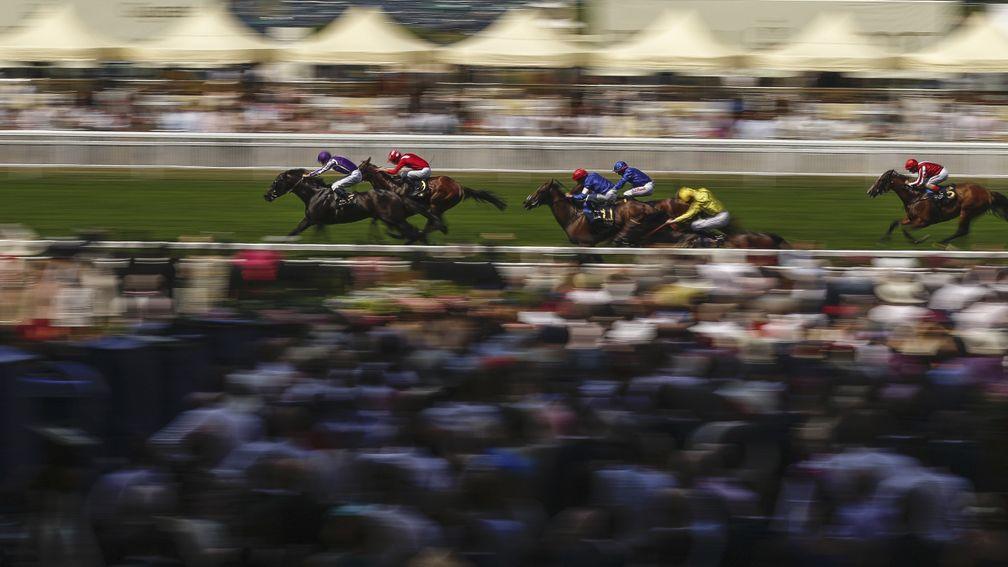
We love racing, you love racing and plenty others do as well. Yet while racing is, by many barometers, a popular sport, does it have the potential to become considerably more popular? And if so, how?
This week the Racing Post will ask the question, how can racing increase its appeal?
Many other sports have been asking the same question of themselves. Some of the issues facing racing are very different to those sports. Other issues are strikingly similar.
For cricket, the answer was a revolutionary new form of the game called Twenty20. Is there a Twenty20 bubbling underneath racing's surface? Is one needed anyway?
Before contemplating where racing might be in the future, we need to assess where racing is in the present. How well is the sport doing now?
Key metric: attendances
Within British racing's strategy for growth unveiled in 2014, there was an aim to increase the number of people going racing to seven million by 2020. That is a target that seems highly unlikely to be met.
Nevertheless, with an attendance total of around 5.9m for 2016, slightly down on the figure for 2015, racing remains Britain's second most popular sport in terms of people going through turnstiles, behind only football, which at 45.2m dwarfs everything else.
In Ireland, attendances have been rising steadily, with last year's total of 1.32m up on 2015's 1.19m.
There is, however, a danger associated with trying to directly connect the number of people who go racing and the number of people who are interested in racing. Research shows those two things are very different.
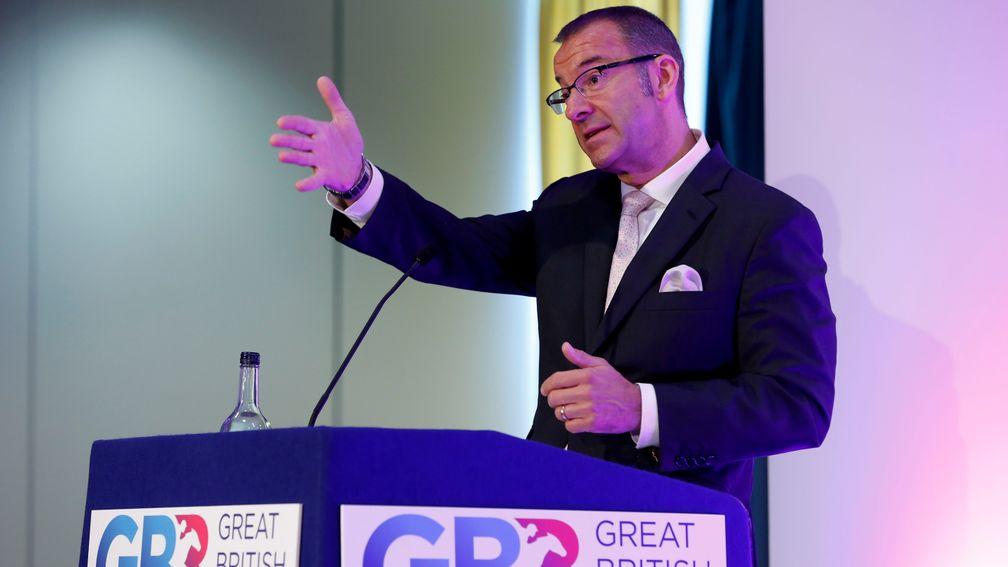
Great British Racing chief executive Rod Street said: "Racing is the second best attended sport in the UK, but in terms of interest it is outside the top ten. For every 100 new people you get to engage with the sport, only a very small number will stick at a deeper level.
"A lot of people who come racing go to a multitude of other sports, so they are really keen sport fans, but when it comes to rating us in terms of their regular, every day interest, we're not a top-ten hit.
"Unless the sport deepens its interest and continues to ensure its core is supported – and we think we have around one million engaged fans – we will be in a difficult position."
Giving one reason why racing is not a top-ten hit, Street added: "While racing has its fair share of iconic moments that reach the general public, such as the Grand National, Derby and Royal Ascot, it connects only fleetingly.
"For the sport to resonate more deeply, we need to be famous more frequently. That means our stars having a bigger public profile –which is why, in my opinion, more compelling championships and better profile-building of the jockeys and top horses is so important. People need a reason to care."
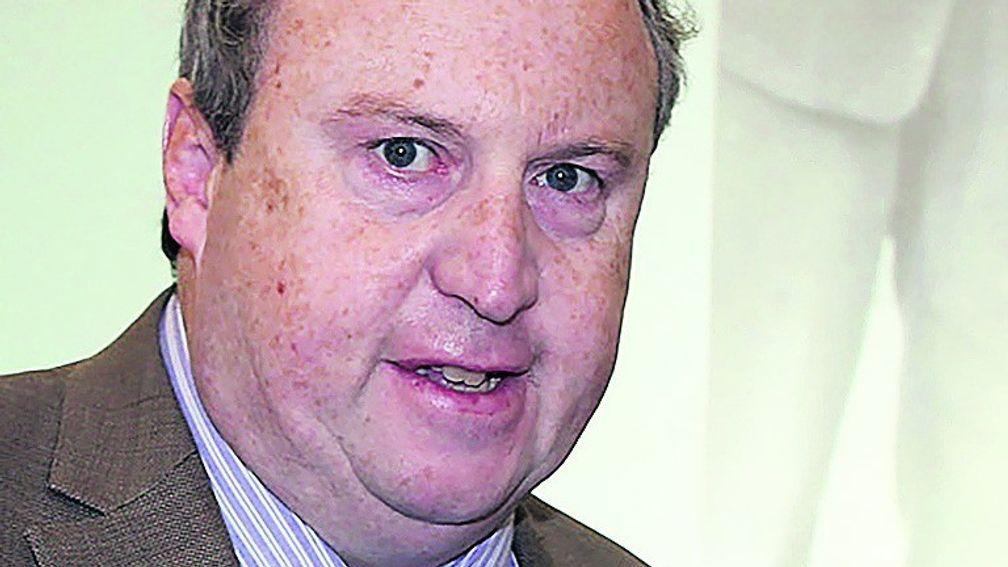
Horse Racing Ireland chief executive Brian Kavanagh also points to the lack of connection between racegoing and interest in racing, although almost in a reverse fashion.
"At times you sense the interest in racing has never been higher, but that doesn't always translate to racegoing, where there are challenges," he said.
"However, we can sometimes get obsessed by the numbers. I would prefer to have 4,000 people enjoying themselves and getting a good experience at a race meeting compared to 8,000 people having a poor experience."
Key metric: betting
The sport's existence depends on people wanting to bet on it. For the sport to properly flourish, it therefore also follows that racing must have a strong working relationship with bookmakers. All too often this has been a problem.
Following the advent of British racing's new funding model, and therefore the ending of the authorised betting partner system, there is hope – and there are signs – the two sides can develop a more harmonious union, even allowing for the fact some major firms continue to show no great anxiety about lacking betting shop coverage from certain British fixtures due to a dispute with The Racing Partnership pictures provider.
Coral last week reported year-on-year Royal Ascot turnover had risen (albeit without competition on this occasion from a major football tournament), while in Ireland off-course betting duty has soared from €27m in 2012 to just under €51m in 2016.
There are, though, clear betting-related concerns for racing, as highlighted by Coral PR director Simon Clare.
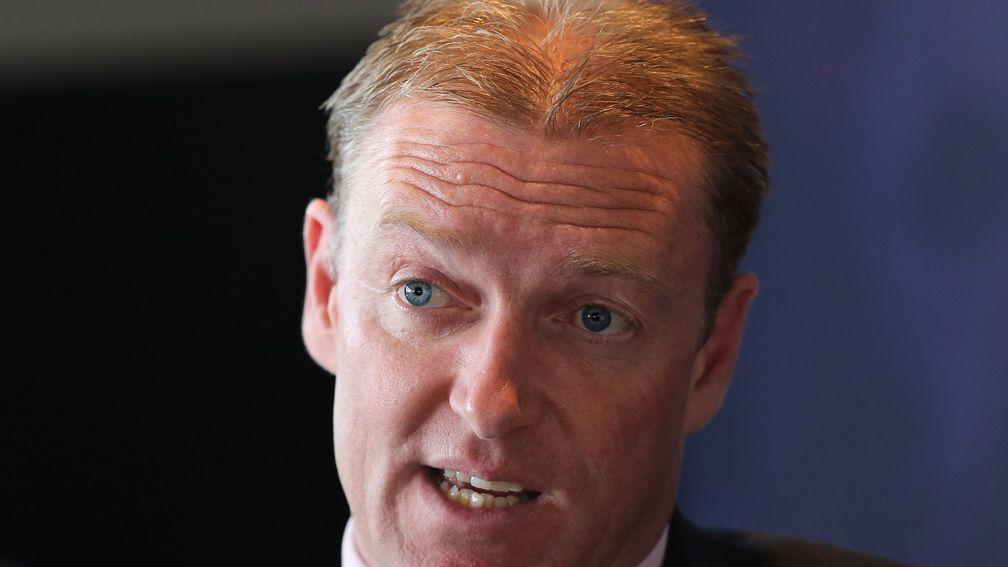
"Racing is a successful sport," said Clare. "Once upon a time, racing was a sport hamstrung by a lack of money, a sport that was reliant on the levy. It wasn't commercialised. That's all changed. Even during the ABP row I was at pains to challenge racing people who felt the sport was still the poor relation. They have turned the sport around.
"However, do I feel the sport has broadened its appeal in the last ten to 20 years? I don't think it particularly has.
"Racecourses have increased attendances but racing's share of the betting pound is much smaller.
"The sport's demographic is also ageing. Younger people betting are now less likely to do so on racing. In the old days people were only really presented with racing as a betting vehicle. Now they bet on football and other sports. Racing relies on its betting appeal to attract new fans but those fans are no longer coming through that way."
That problem is not lost on Street, who said: "Betting is fundamental to the racing experience. Previous customer research informed us that while not everyone watched every race on the card when they went racing, they always watched the race if they’d bet on it. It's true that when the money’s on, it matters.
"There is also an underlying logic supporting the notion that for every engaged punter racing loses at the end of their betting life, that punter is not replaced by one at the beginning. Therefore decline is inexorable, unless the challenge is addressed."
Before punters and racing fans die, they tend to get old. In the case of racing fans they tend to get older than for most other sports. A study of television viewers in America showed in that country the median age of an NBA viewer last year was 42. The median age of a racing viewer was 63.
Key metric: media interest
On this front there is good news, there is the not so good news and there is a reality check.
Perhaps in Britain, even more so than Ireland, the print media's interest, outside of the biggest days, has faded, even though the sport retains a daily presence, of varying degrees, in most publications. Moreover, in digital forms racing fans have many platforms to feed their interest.
Crucially, racing retains an extremely strong position on television. A huge amount of free-to-air coverage – certainly relative to every other major sport – is available on ITV in Britain (where BBC Radio 5 live and talkSPORT are also supportive partners) and RTE and TV3 in Ireland.
However, outside of the Grand National viewing figures underline that while racing is a popular sport, its popularity is not enormous. This year's peak ITV audience for the Derby was up on previous Channel 4 figures, but it still reached only 1.7m. In contrast, this year's Boat Race drew a television audience of 5.5m.
Very much to be welcomed is the greater competition for racing's broadcast rights, a far cry from when Channel 4 demanded millions of pounds in subsidy in order to continue its association. However, that increased desire to acquire racing's rights is directly linked to bookmaker advertising, which has made racing extremely attractive to commercial networks.
In France, where betting turnover has been riding an upward curve, racing is not attractive to television companies, one of which has doubled its annual big-race portfolio by adding the Prix de Diane to its schedules. Even so, that channel, TF1, limited coverage of the fillies' Classic to a programme that lasted only 15 minutes.
"Racing has lost its place and influence within French society," said France Galop chief executive Olivier Delloye.
"That is reflected in attendances at our racedays and the overall interest in racing and enthusiasm for it. But why is that?
"There is one obvious fact – racing in France has mostly disappeared from the media landscape. Over 25 years the visibility of racing has definitely diminished in the French media landscape.
"In the recent past you had one page on racing in big daily newspapers like Le Figaro and France-Soir. Slowly they decided to scratch coverage of racing. Gradually we have disappeared from the big television networks as well.
"When I was younger and watched the evening news at 8pm, very often there was maybe a two-minute section devoted to the big race being staged the following day. This has also disappeared, so we're trying to revive it.
"It is frustrating to see the number of people who go to the Arc but then do not go racing for the rest of the year. With the new Longchamp we absolutely must have people who live in and around Paris coming more often on Sundays."
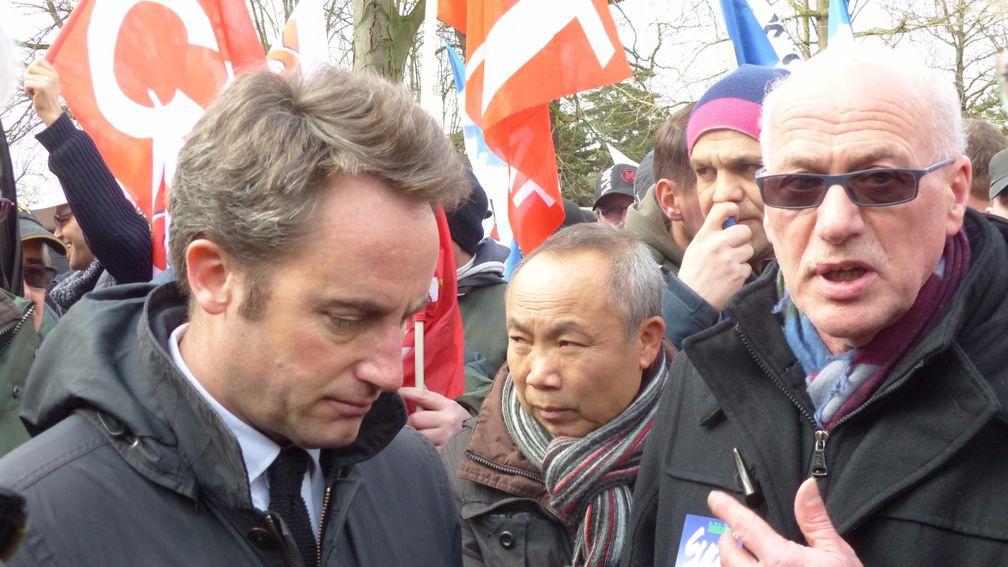
In Britain and Ireland the situation is clearly more healthy. There is, however, a need for some perspective.
For although there has been a real fight for TV rights in Britain, their value is miniscule compared to some other high-profile sports, such as football, Formula One and even cricket.
The England and Wales Cricket Board last week announced a new deal that ended its exclusive arrangement with Sky and returned the sport, in part at least, to mainstream television via the BBC.
That joint Sky-BBC deal amounted to well over £200m a year. Contrast that with racing's most lucrative ever television arrangement with ITV. That is reported to have secured in the region of just £7.5m a year.
In TV sport terms, racing is remarkably affordable, or desperately cheap, depending on your perspective.
Key metric: participation
The vital numbers here are worrying.
Owners, often described as the lifeblood of racing, are a diminishing breed. In Britain, registered owners have fallen from a peak of 9,551 in 2008 to just 7,947 in 2016. The picture is similar in Ireland, where there has been a meaty drop, from 5,588 in 2007 to 3,663 last year. The growth of syndicates in Britain has been pleasing and necessary. This rise has yet to be seen in Ireland.
"It's a massive issue for the sport that we have lost that level of ownership," said BHA chief operating officer Richard Wayman, when quoted during a recent Racing Post analysis of racehorse ownership. "This is a cross-industry challenge," he added, observing: "The sport's future depends on us being able to reverse the decline of recent years."
A crisis in stable staff numbers has also been widely discussed, while in Ireland a number of high-profile trainers have waved the white flag on their careers, stating the industry was no longer financially viable to those not closely linked to the major owners.
For those owners, trainers, jockeys, grooms and breeders who do remain involved in the sport, there is at least improved prize-money to chase. In Britain, total prize-money has grown from £93.9m in 2011 to £137.6m in 2016. In Ireland, where the fixture list is much smaller, the increase has been from €44.9m in 2012 to €56.8m in 2016.
However, while the sport's participants have the opportunity to get more out of the sport, there is a concern about how little some give back to the sport.
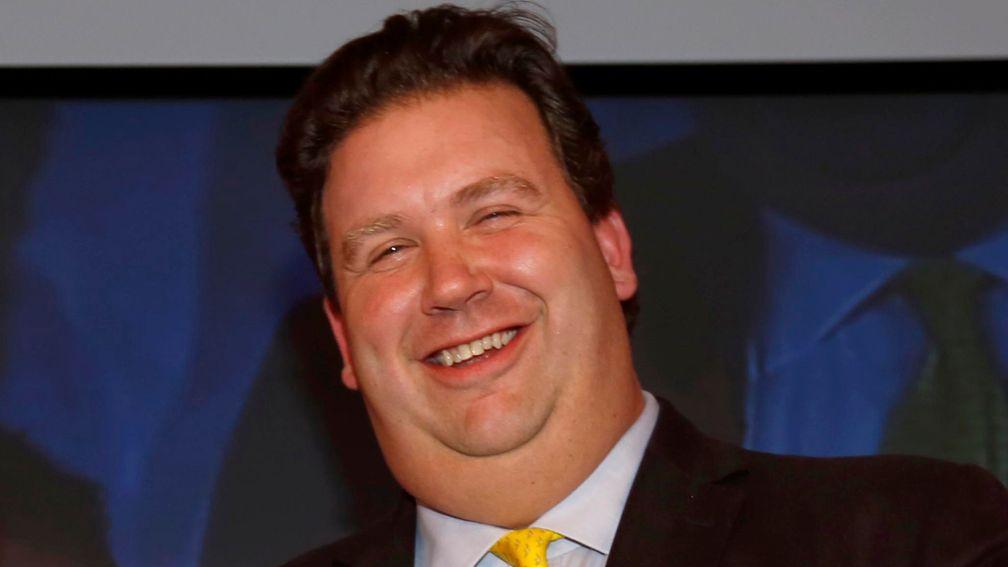
According to Johnno Spence, a leading figure in racing PR for many years, that problem relates almost wholly to Flat racing.
He said: "The jumping fraternity welcome and get the importance of PR. They will bend over backwards to help. Some very senior Flat trainers are not so helpful.
"The Lambourn Open Day has been going for 25 years. There has never been an outbreak of any disease. Despite that, some Newmarket trainers refuse to open their yards.
"That is disappointing, as people in modern society expect to know everything about the stars, whether in music, football or racing. Many industries have picked up on that. Racing still has some way to go, in particular Flat racing, which already has to work harder to market itself, as the top Flat horses disappear so quickly."
Spence added: "Some Flat trainers say to us, concentrate on the horse. I've been doing this job for 20 years. I love horses but I also know that horses don't work in modern media unless you have a once-in-a-lifetime horse like Frankel.
"The fact a lot of major Flat trainers aren't prepared to open even a section of their yard to the public once a year, or even every two or three years, shows such people aren't interested in trying to promote the sport."
Key metric: the product and its partners
Andrew Franklin, for so long responsible for a large chunk of racing's television coverage through his role at the helm of Channel 4 Racing, has more than once stated in the Racing Post that until the sport recognises it has problems, those problems will not be overcome.
Franklin believes a major difficulty is the racing product itself, all too often uncompetitive and lacking the sort of events viewers and punters might enjoy.
Others share those concerns about the fare on offer, including Spence, who said: "Racing is still perceived to be very complicated and hard to understand by people who are not insiders.
"I believe we are partly responsible for the loss of media interest as, unlike some other sports, we didn't manage to reinvent our product to make it more simple to market and more interesting to watch."
Some would argue racing differs from those other sports in its relative failure to attract high-profile commercial backers.
While Ascot has commercial deals with the likes of Longines and Porsche, and Investec has extended its sponsorship of the Derby until 2026, many top races continue to have their naming rights tied to bookmakers, in part because only bookmakers are interested in signing up.
When, as in the case of Ryanair, Timico and Randox Health, new non-bookmaker partners have been secured for showpiece events, the companies have tended to be fronted by individuals who already had tangible interests in racing. That same link resulted in lucrative deals involving Qipco, Qatar and Dubai.
At the 2007 Cheltenham Festival, sponsors included Anglo Irish Bank, Smurfit and Seasons Holidays. Ten years on those organisations have been replaced by bookmakers Sky Bet, Stan James and Betway. The Champion Hurdle, Champion Chase and Stayers' Hurdle are all backed by gambling firms.
"Racing does not attract anywhere near enough consumer brands as commercial partners," said Street.
"We are fortunate to have tremendous support from sponsors and some of racing’s long-term commercial deals are the envy of other sports. However, if we wish to attract new customers we need to be working with big brands that can reach greater numbers of people."
The pursuit of those people is racing's big challenge and the focus of part two of this series.
As Clare so neatly points out: "Racing deserves to be more popular and racing could be more popular – we just can't work out how."
Published on inNews
Last updated
- It's your LAST CHANCE to get 30% off Racing Post+ for a whole year - don't miss out on all our fantastic content!
- 'Absolute nonsense' to claim Haiti Couleurs was out of his depth in Betfair Chase
- Catterick: 'I loved him straight away' - hurdles debutant Indian River makes winning start for Adrian Keatley
- Officials have 'no concerns' at Ascot as track gears up for stellar two-day meeting
- Dispute over which jockey caused interference allows Joe Anderson to win appeal against riding ban
- It's your LAST CHANCE to get 30% off Racing Post+ for a whole year - don't miss out on all our fantastic content!
- 'Absolute nonsense' to claim Haiti Couleurs was out of his depth in Betfair Chase
- Catterick: 'I loved him straight away' - hurdles debutant Indian River makes winning start for Adrian Keatley
- Officials have 'no concerns' at Ascot as track gears up for stellar two-day meeting
- Dispute over which jockey caused interference allows Joe Anderson to win appeal against riding ban